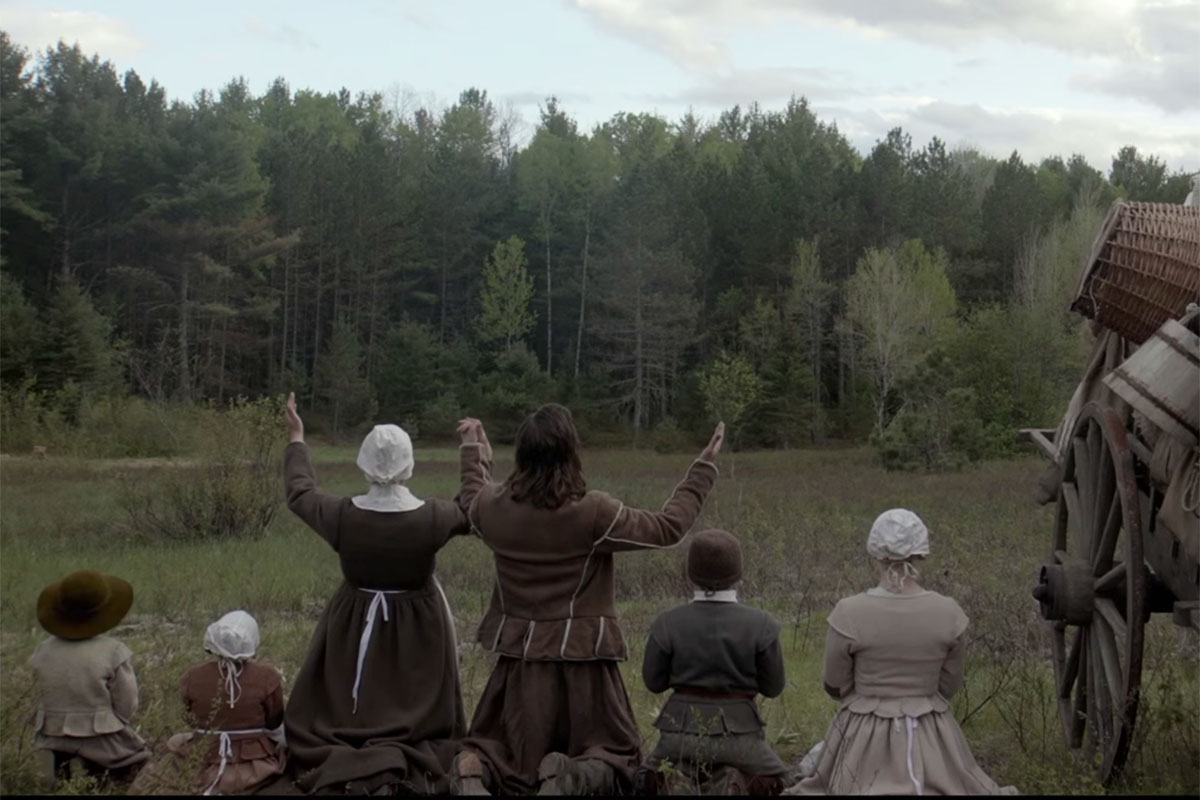This is a guest post written by Josephine Maria Yanasak-Leszczynski. | Spoilers ahead.
Witches are one of those archetypes common enough that it is easy to say they exist in every culture. Yet through foreign interpretation, mythological evolution, and even simple mistranslations, witches vary enough to call into question their omnipresence. This archetype differs from actual witches, followers of Wicca and other pagan religions.
Witches depicted in tales are often women, but not always. As healers they practice medicine, but sometimes in the form of potion making, as they are in possession of forgotten medicinal and herbological knowledge, sometimes spiritual, with plenty of amalgamations in between. As curse makers they are in possession of dark magics, using common implements or rare ingredients, or sometimes only words. They can be ritualistic, fickle, or wise entities of more or less human composition depending on their lineage. Their power can derive from lineage, chance, interactions with powerful beings and on and on.
In the United States, witch stories and lore are flavored by witch trials in New England. In extreme cases here, women and men perceived as living outside the pious norm were forced to admit to committing atrocious acts, jailed, tortured and murdered. Inspired also by a period of witch trials in Europe lasting hundreds of years where accusations of witchcraft were used to bring down politically powerful women, or the invisible threat of feminine power over men, there is a rich history of witches in film and television touching on this morbid piece of shared American and European history. Many of these depictions in media support or reject the criminalizing of perceived feminine power.
The Witch explores very few of these things, except to depict the scariest versions of American witches in stark color and with exacting matter-of-factness. There is no room to misinterpret the witches in this movie. It is also a film about desires so secret, the audience does not even know they exist within our poorly fleshed out protagonists.
This is especially frustrating in a film so visually complete, because the desire for more on the part of women is often demonized in film, and The Witch plays into that while using its powers of cinematography to the greatest degree. Here is a beautiful, sometimes terrifying film, chilling in its failure to flesh out characters and give them understood motives.
However, one thing this film does well is presenting its trumped up, cliché version of witches.

Witches, after all, are feminine inspired fear incarnate. They are reflections of sin, and in The Witch we see three mirrors. The first mirror is mother Kate, her baby murdered in a scene so grotesquely the opposite of motherly care, it reads like the Hostel of American Witch film. The second mirror is a seductress for the oldest boy Caleb, aided in ogling his older sister by the camera repeatedly and obviously, because hey, he likes breasts. Finally, the patriarch William is murdered not by a witch, but by a new masculine power, Black Billy, who we can read as the Devil. There was something satisfying in his murder: he was the reason they were all out in the wilderness alone in the first place. Yet it is unconvincing that he was the root of all their sufferings given his ineffectiveness as a leader and general weakness beside the focal point of his wife. Also, the replacement of patriarchy with patriarchy reads like so many witch trial accusations of Puritan fathers versus Satan.
It would be easy to view these scenes as each protagonist individually snapping if it weren’t for so many witnesses in some central scenes. The Witch reads like two movies: One of visual horror, depicting in full grandeur the literary and oral traditions of decrepit European minds in religious frenzy, then one of psychological horror on the tolls of extreme piety and isolation. Instead, it mashes these together to legitimize the misogyny of historical witch trials.
The film can be described as The Crucible style witch trial pretending on the part of the young twins Mercy and Jonas confused by the Black Narcissus seduction by erotic wilderness. It would be a 1600s familial AntiChrist, flavored by Lovecraftian fear of the American backwoods if it weren’t for the sheer number of things we fear. The film reels too quickly from paranoia to solid evidence of evil to be effective; stabbing “show don’t tell” into bite-sized chunks for an audience not sure they’re really hungry.
The Kubrick-esque score does play beautifully when contrasted with the great stillness of the stunning forested vistas. But this is interrupted by every scene with human life where, boxed in and poorly protected by their wood constructions, they talk far too quietly and often incoherently.
The ending would be satisfying if any of it tied together, or any of the offerings made by our witch’s seducer had been touched on earlier in the story. Those hoping for a nuanced 1630s witch tale, beware: The Witch legitimizes fear of feminine sensuality while simplifying powerful female denizens to devil-worshiping pleasure-seekers.
This is a truly forgettable and not-good horror film that is frustrating in its potential. In case there was any hope the film is symbolic and not representative, writer/director Robert Eggers comes out with a clear message in the end, citing “historical witch trials” as a source.
See also at Bitch Flicks: ‘The Witch’ and Female Adolescence in Film
Josephine Maria Yanasak-Leszczynski is a museum educator by day (and often night), and a freelance writer every other time she manages to make a deadline. She can be found on Twitter at @JMYaLes.

Thank you for articulating many of my own thoughts and frustrations with the film. I often feel like I’m being either stubborn or stupid in my criticism of The Witch compared to the near-unanimous love for the move among horror and non-horror viewers alike.